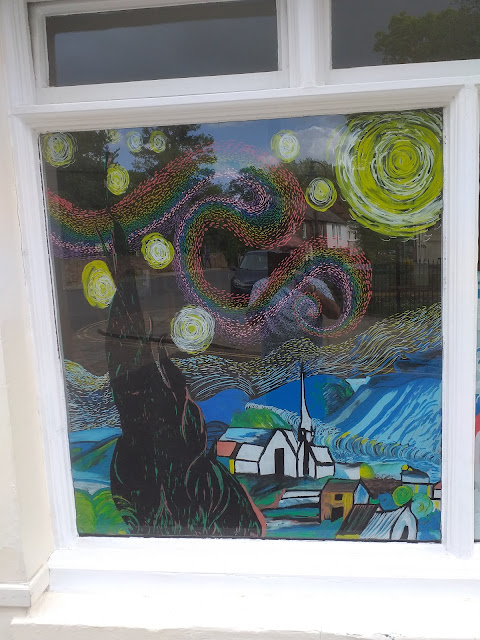Cafe Chambers at the southern end of Palace Street where it joins Sun Street, a cafe which promises American style breakfasts, is the building where Phillipe de la Noye, lived. He was one of the early Pilgrim fathers and he sailed to Massachusetts on the Fortune. When he arrived "de la Noye changed his name to delano. President Franklin Delano Roosevelt was his descendant.” (Pitkin Guide to Canterbury, p 24) He was a Walloon Huguenot who was born in Leiden in 1603. His mum, Marie de Lannoy (nee Mahieu) was born in 1580 in Canterbury. She may have been a member of the Wallon (or Strangers) Church in Canterbury.
It was in this building that Robert Cushman, "a Canterbury’s grocer’s assistant ... negotiated the charter of the Mayflower" (Pitkin Guide to Canterbury, p 24). At the age of 18, in about 1595, he was apprenticed to George Masters, a grocer who had the monopoly on making tallow candles in Canterbury. His religious beliefs were non-mainstream and he got into trouble in 1604 for printing and distributing leaflets against the Church of England. In 1605 he completed his apprenticeship and became a 'freeman' grocer. His son was baptised in 1608 and he emigrated to Leiden in 1611. He returned to England in 1617 and began to plan for the voyage to the new world. He sailed on the Speedwell in 1620 but when that got into difficulties and rendezvoused with the Mayflower in Dartmouth he didn't transfer ships as many others did. Thus he failed to become a true Mayflower Pilgrim Father, joining the nascent Plymouth Colony on the Fortune in 1621. As the Colony's London agent he was soon back in England and died in Benenden, Kent in 1625. He wrote Cry of a Stone sometime around 1619 but it was not published till after his death.







